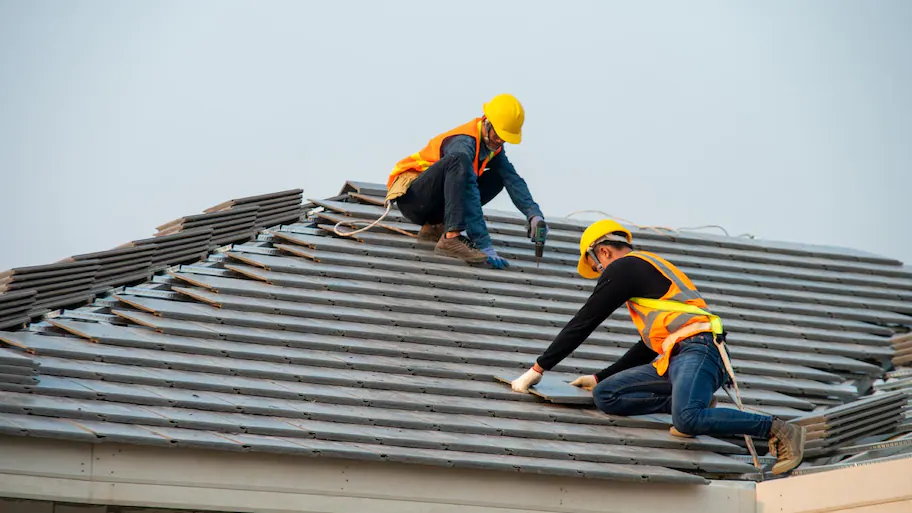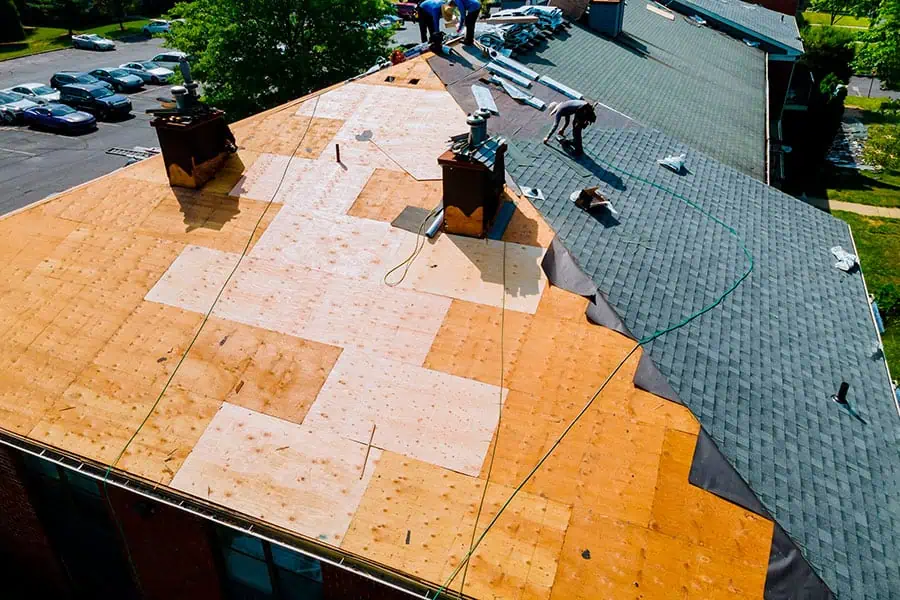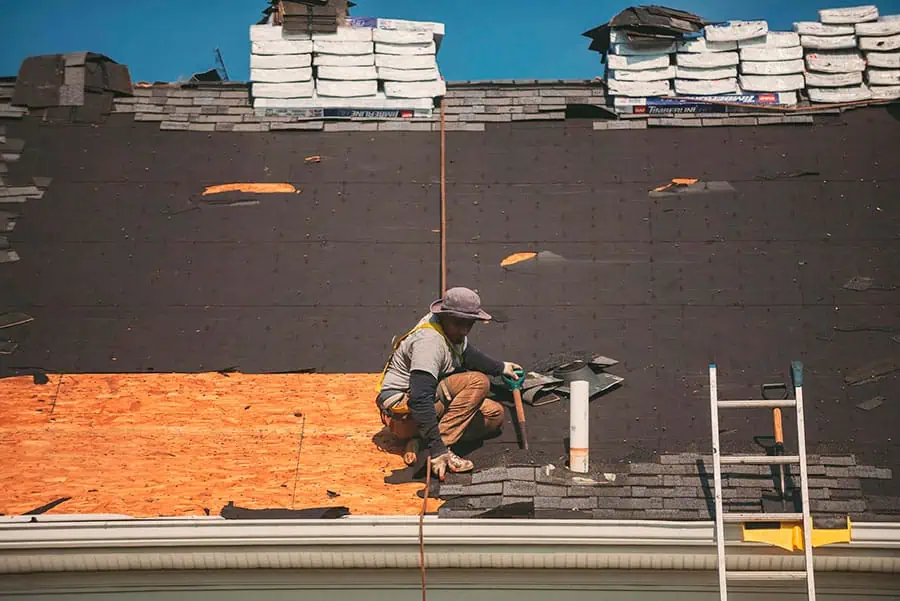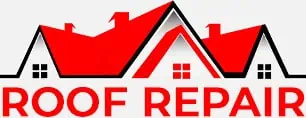Roof Repair Process

Introduction
The roof repair process encompasses a series of steps and techniques used to identify, assess, and fix damage to residential and commercial roofing systems. This process is crucial for maintaining the structural integrity of buildings, preventing water damage, and ensuring the longevity of the roof.
Roof repair refers to the maintenance and restoration of damaged or deteriorating roofing components. This process is essential for protecting a building’s interior from the elements and maintaining its overall value. Timely roof repairs can prevent minor issues from escalating into major problems, potentially saving property owners significant costs in the long run.
Types of Roof Damage
Roofs can sustain various types of damage, necessitating different repair approaches:
Weather-related damage
- Hail impact
- Wind uplift
- Snow and ice accumulation
- UV radiation exposure
Age-related wear and tear
- Shingle deterioration
- Membrane degradation
- Seam separation

Structural issues
- Sagging roof deck
- Truss or rafter damage
- Inadequate ventilation leading to moisture buildup
Assessment and Inspection
A thorough assessment is the first step in the roof repair process:
Visual inspection
- Examining the roof surface for visible damage
- Checking for missing, cracked, or curling shingles
- Inspecting flashing around chimneys, vents, and skylights
Interior inspection
- Looking for water stains on ceilings and walls
- Checking attic spaces for signs of leaks or moisture
Professional roof assessment
- Utilizing specialized equipment for detailed analysis
- Thermal imaging to detect hidden moisture
- Core sampling for multi-layer roofing systems
Common Roof Repair Techniques
Depending on the type and extent of damage, various repair techniques may be employed:
Shingle replacement
- Removing damaged shingles
- Installing new shingles to match existing roof
Flashing repair
- Resealing or replacing damaged flashing
- Ensuring proper water diversion around roof penetrations
Leak sealing
- Applying roofing cement or sealant to minor cracks
- Patching holes in roofing membrane
Gutter maintenance
- Cleaning and repairing gutters and downspouts
- Ensuring proper water drainage from the roof
Tools and Materials
The roof repair process requires specific tools and materials:
Safety equipment
- Harnesses and fall protection systems
- Non-slip footwear
- Safety glasses and gloves
Hand tools
- Roofing hammer
- Pry bar
- Utility knife
- Caulking gun
Roofing materials
- Replacement shingles or tiles
- Roofing underlayment
- Flashing materials
- Roofing cement and sealants
Step-by-Step Roof Repair Process
- Safety preparations: Set up safety equipment and ensure a stable work environment.
- Damage assessment: Thoroughly inspect the roof to identify all areas needing repair.
- Material preparation: Gather necessary tools and materials for the specific repair job.
- Removal of damaged components: Carefully remove damaged shingles, flashing, or other roofing materials.
- Repair or replacement of affected areas: Install new materials or apply repair techniques as needed.
- Sealing and weatherproofing: Ensure all repaired areas are properly sealed and weatherproofed.
- Clean-up and final inspection: Remove debris and conduct a final inspection to ensure quality of repairs.
Professional vs. DIY Roof Repair
While some minor repairs can be done by homeowners, complex or extensive repairs often require professional expertise:
Advantages of professional repair
- Expertise and experience
- Access to specialized equipment
- Warranty on work performed
Advantages of DIY repair
- Potential cost savings
- Immediate response to minor issues
When to call a professional
- Extensive damage
- Steep or complex roof structures
- Lack of proper safety equipment or experience
Preventive Maintenance
Regular maintenance can prevent the need for major repairs:
- Conduct bi-annual roof inspections
- Clean gutters and downspouts regularly
- Trim overhanging branches to prevent damage from falling limbs

Cost Considerations
The cost of roof repairs can vary widely based on several factors:
- Extent and type of damage
- Roofing material used
- Accessibility of the roof
- Local labor and material costs
Many homeowners insurance policies cover roof damage caused by sudden events like storms, but may not cover damage due to normal wear and tear.
Safety Considerations
Roof repair can be dangerous and requires careful attention to safety:
- Always use proper fall protection when working at heights
- Avoid roof work during wet, windy, or icy conditions
- Ensure proper use and maintenance of all safety equipment
Environmental Factors
Modern roof repair processes often consider environmental impact:
- Use of sustainable roofing materials
- Energy-efficient repair options, such as cool roof coatings
- Proper disposal or recycling of old roofing materials
Conclusion
The roof repair process is a critical aspect of building maintenance. By understanding the steps involved and recognizing the importance of timely repairs, property owners can protect their investments and ensure the longevity of their roofing systems. Whether opting for professional services or tackling minor repairs as a DIY project, proper attention to roof maintenance yields long-term benefits in terms of building protection and cost savings.
